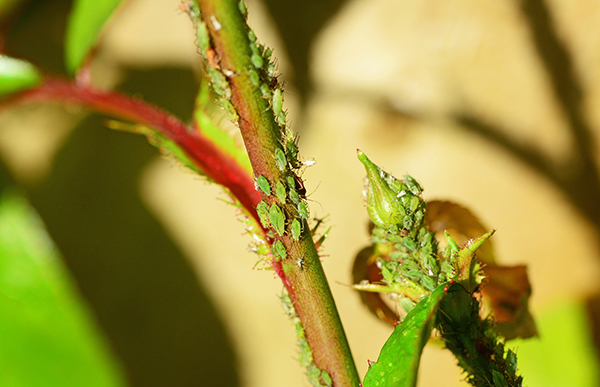
Black Eyed Susan Plants
Black eyed Susan plants – (Rudbeckia sullivantii) for home and landscaping in the southwest. Plant them in mass for a great-looking landscaping effect. They are perennials and their blooms are long-lasting.
How to care for Black-eyed Susan Plants

Looking for a vine that’s both eye-catching and practical for your Southwest garden? The Black-Eyed Susan Vine, or Thunbergia alata, is your answer. Why? Because it’s drought-tolerant and grows fast. Imagine a lush green vine stretching up to 8-9 feet in height and width, making it perfect for fences, trellises, or even a natural privacy screen. It’s got these striking dark green heart-shaped leaves and flowers with a dark brown center that really pop in the sunlight. You’ll love how this vine adds a burst of color and life without needing constant water. Is it time to give your garden the charm it deserves?
These plants are very hardy in the southwest and can handle almost any type of soil.
Black-Eyed Susan Plants will bloom from mid-summer to fall. They are upright and grow to about 3 feet. They love full sun to very light shade. The Black Eyed-Susan plants are drought tolerant once established. The scientific name for this plant is “Rudbeckia sullivantii”.

They are low maintenance and easy-care plants that provide color from early summer to late fall. Fertilize once in early spring, summer, and fall. We recommend using “Grow More’s” all-purpose plant food. Why? Because it works. You can purchase this product at your local nursery store if they don’t have it tell them to stock it.
Can you plant these on a fence?
Wondering if you can put plants on a fence? Absolutely, you can! With a bit of support, they thrive when climbing a fence, trellis, or even wrapping around a post or tree. Besides adding vertical beauty, these plants can spread out in open spaces and work as ground cover too. So, whether you need to dress up a bare wall or fill in a garden bed, these versatile plants have you covered. Got a spot in mind? Just give them some guidance, and watch them flourish. Want to know the best way to get started? Choose your plant, set up some support, and let nature do its work.
Common Problems with Black-Eyed Susan Plants
Black-eyed Susan plants are a vibrant addition to any garden. Their bright yellow blooms with dark centers can add a splash of color to your landscape. But like any plant, they can face a few challenges. If you’re growing black-eyed Susans or planning to, it’s essential to be aware of some common problems to watch out for. Let’s dive into these issues and better understand what might go wrong with these cheerful flowers.
1. Powdery Mildew
Powdery mildew is a common fungal disease that affects many plants, including black-eyed Susans. It appears as a white or gray powdery coating on the leaves and stems. This usually happens in warm, dry weather with high humidity. While it rarely kills the plant, it can make the leaves look unsightly and weaken the plant’s overall health. Proper spacing and good air circulation can help minimize this issue, so be sure to consider those when planting.
2. Leaf Spot
Black-eyed Susans can suffer from leaf spot, a fungal disease that causes brown or black spots on the leaves. Over time, the leaves may turn yellow and drop off. This disease spreads through water splash, so it’s best to water the base of the plants to reduce leaf wetness. Removing and destroying affected leaves can also prevent the disease from spreading further.
3. Stem Rot
Stem rot is another concern for these plants, causing the stems to turn black and mushy. This usually happens in overly wet soils or with poor drainage. Once identified, it’s crucial to improve the drainage and reduce watering frequency to manage the condition. Mulching can also help retain moisture without over-soaking the roots.
4. Aphids
Aphids are small sap-sucking insects that often attack black-eyed Susans. They can cluster on the undersides of leaves and new growth, causing distortion and the spread of viruses. Keeping a vigilant eye for these pests and using insecticidal soap or water sprays can control their population effectively.
5. Root Rot
Root rot occurs when black-eyed Susans are planted in poorly drained or waterlogged soils. The condition can lead to wilting and dieback as the roots rot and fail to support the plant. Ensuring well-drained soil and avoiding overwatering are crucial preventive steps.
6. Yellowing Leaves
Yellowing leaves on black-eyed Susans can be a sign of several issues, from nutrient deficiencies to overwatering. It’s important to evaluate the plant’s growing conditions. Check the soil, watering schedule, and nutrition levels. Addressing these factors can often reverse the yellowing.
7. Insect Pests
Apart from aphids, other pests like caterpillars and slugs may gnaw on the leaves. Regular inspection and manual removal can help. Use an organic pest control spray can be necessary to keep damage to a minimum.
8. Legginess
Black-eyed Susans might become leggy with tall, sparse stems and fewer blooms if they don’t get enough sunlight. They thrive in full sun, so ensure they’re planted in a spot that receives plenty of direct light each day.
9. Viruses
Viruses can occasionally affect black-eyed Susans, causing stunted growth and discolored leaves. Unfortunately, there’s no cure for viral infections in plants. Removing and destroying affected plants can help prevent the spread of the virus to healthy plants.
Conclusion
While black-eyed Susans are generally hardy and easy to care for, they aren’t immune to problems. Knowing what to look for and understanding the potential issues can help you maintain a healthier garden. Whether it’s a pest issue, a fungal disease, or a simple case of overcrowding, addressing these problems early can keep your black-eyed Susans thriving and add lasting beauty to your outdoor space.
Here is another great vine for the U.S. Southwest. The Wisteria Vine.


